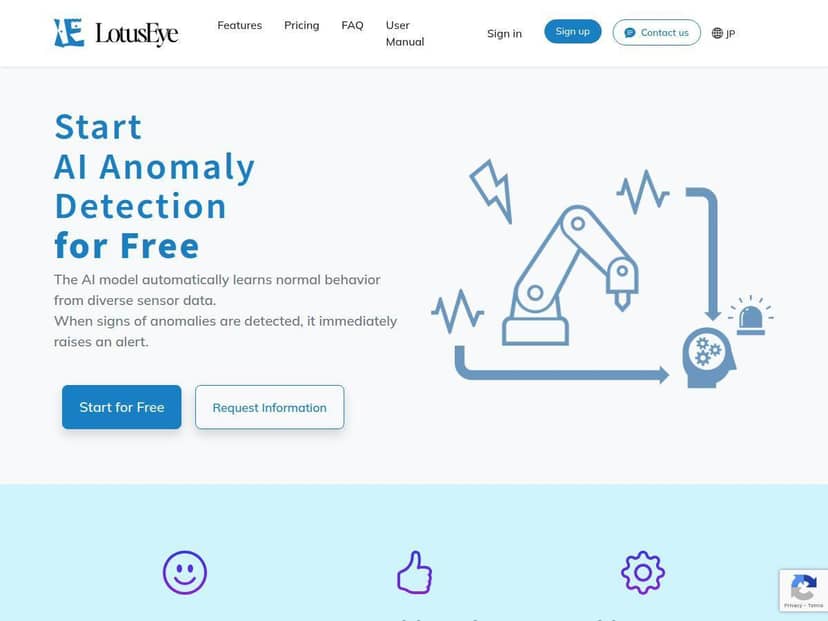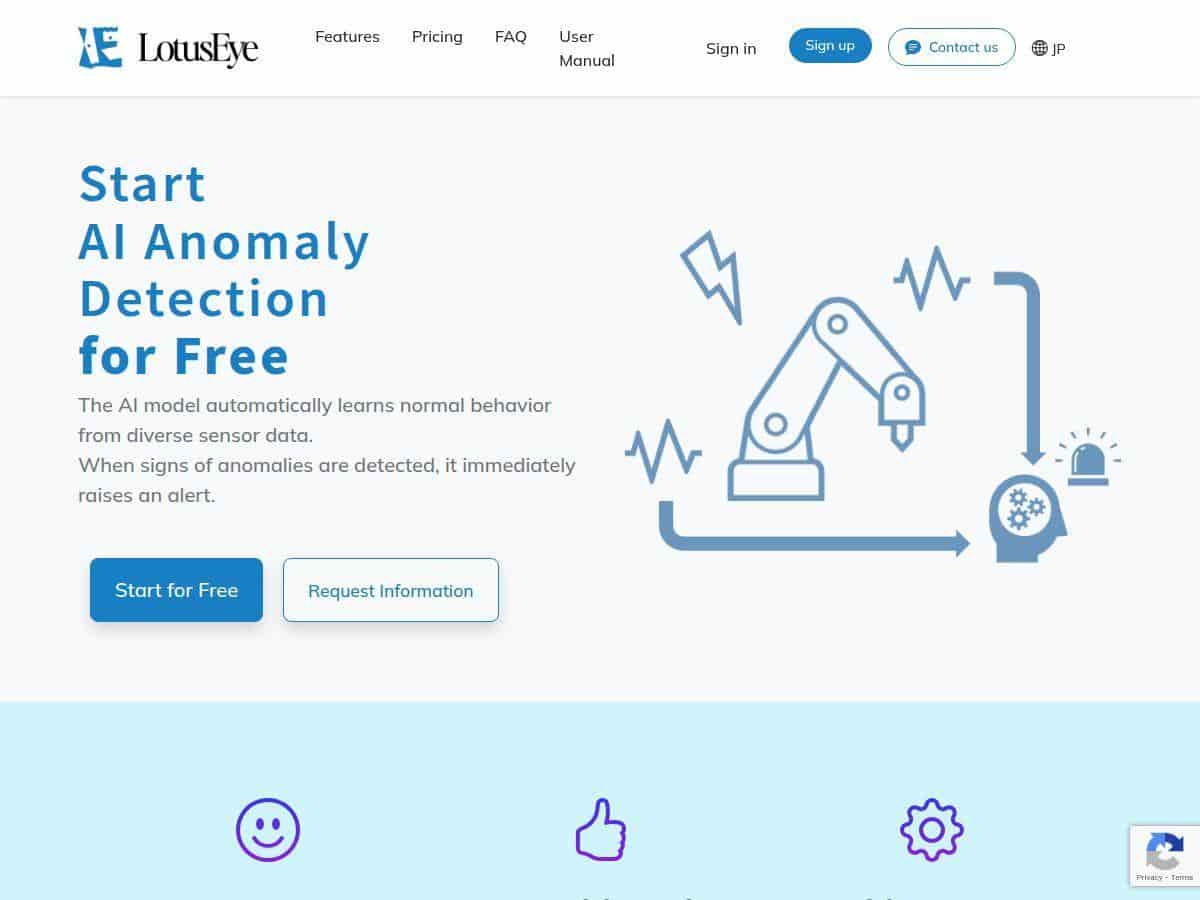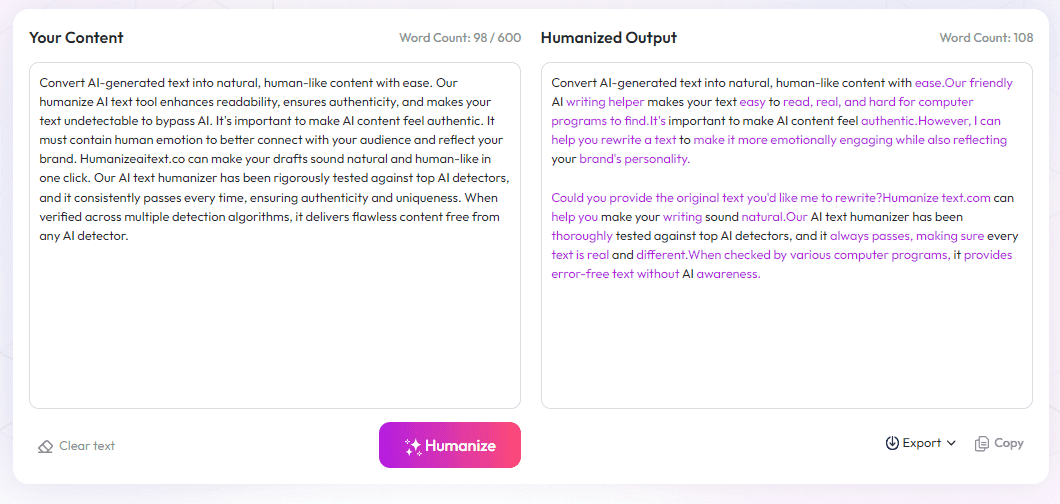Table of Contents
Looking for an easy-to-use AI tool to spot anomalies in sensor data? LotusEye promises simple setup, no coding needed, and free testing options. I decided to give it a try to see if it lives up to the hype. Here’s my honest review and what you should know before making a choice.

LotusEye Review
As someone who works with sensor data regularly, I was eager to test LotusEye. Uploading my data was straightforward—no complicated steps or AI knowledge required. The platform quickly learned normal patterns and started alerting me to unusual activity. I appreciated how intuitive the interface was, making it accessible even for beginners. The automated learning adapts over time, which helps in reducing false alerts. I found the setup seamless, and the free tier allowed me to evaluate its capabilities without any commitment. It’s good for small projects or initial testing, and upgrading for more features is quite simple. Overall, I was impressed with how effectively it identified anomalies with minimal effort.
Key Features
- Automatic learning of normal behavior from sensor data
- No-code setup—just upload your CSV data
- Real-time anomaly alerts via email
- Supports both wide and long CSV data formats
- API integration for automated data uploads (paid plans)
- Team collaboration features in premium plans
- Free model creation and scoring to test effectiveness
Pros and Cons
Pros
- Very user-friendly, no AI experience needed
- Free tier is great for testing and small-scale use
- Adapts to new data patterns over time
- Useful for predictive maintenance and early issue detection
- API support available for automation
Cons
- Advanced features require paid plans
- Limited details on plan differences from public info
- Primarily focused on sensor and industrial data
- Some features like team management are behind paywalls
Pricing Plans
You can start for free, creating models and scoring data with no cost. Paid plans begin at around $14 per month, adding features like API access, larger data limits, and multi-user support. For exact details, visiting their website is recommended, as specific tier differences aren’t fully outlined publicly.
Wrap up
Overall, LotusEye is a solid choice for organizations wanting an easy, effective way to detect anomalies in sensor data without needing to dive into complex AI. Its free plan makes it great for trial, and the platform’s adaptability suits various industrial applications. Whether you’re just testing or scaling up, LotusEye offers a straightforward path to smarter monitoring. For more details on plans and features, exploring their website will give you the most current info.



